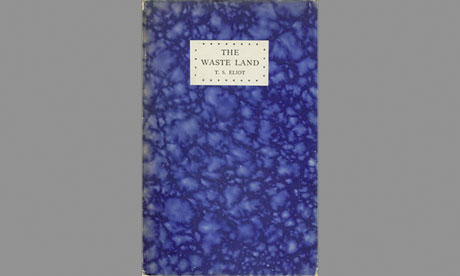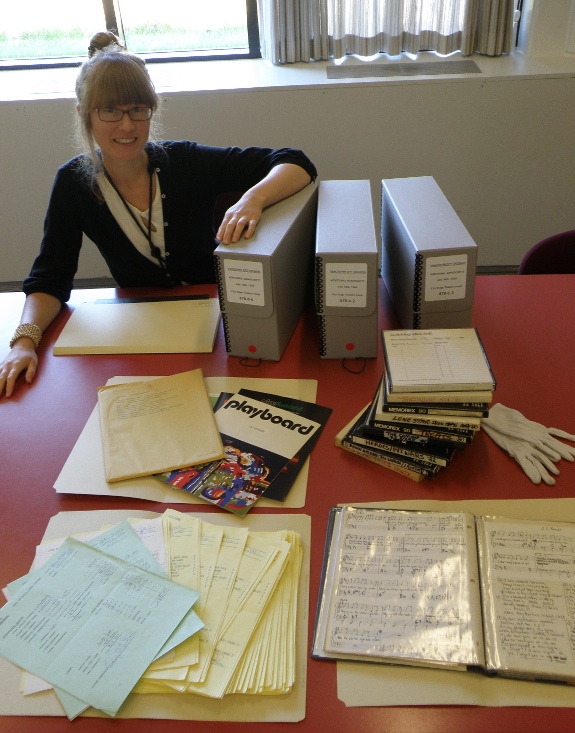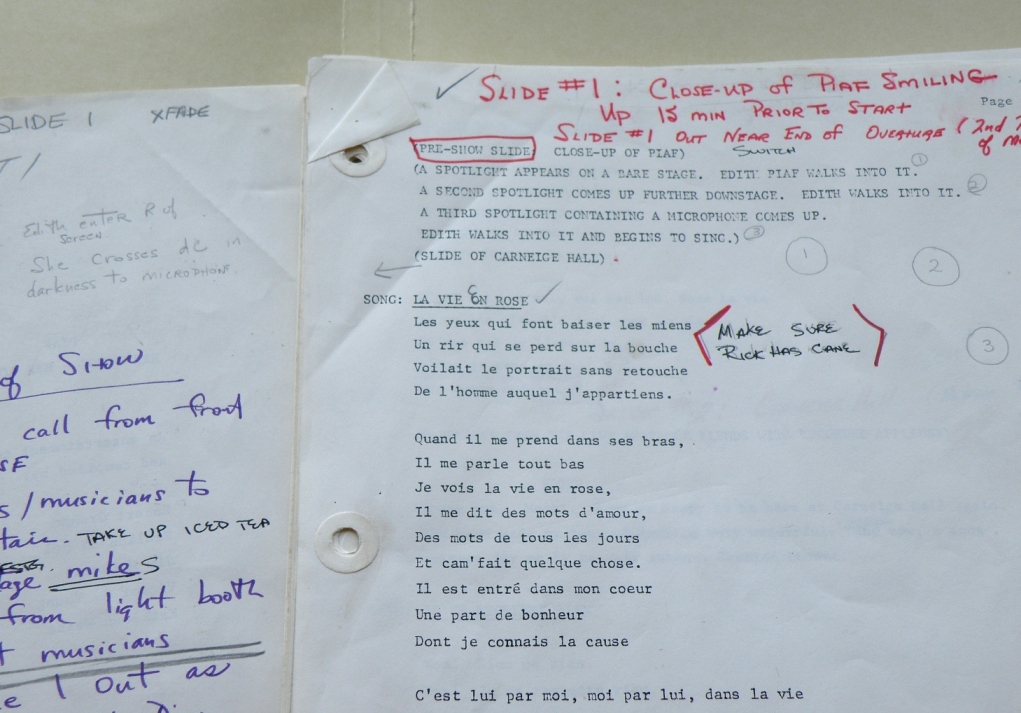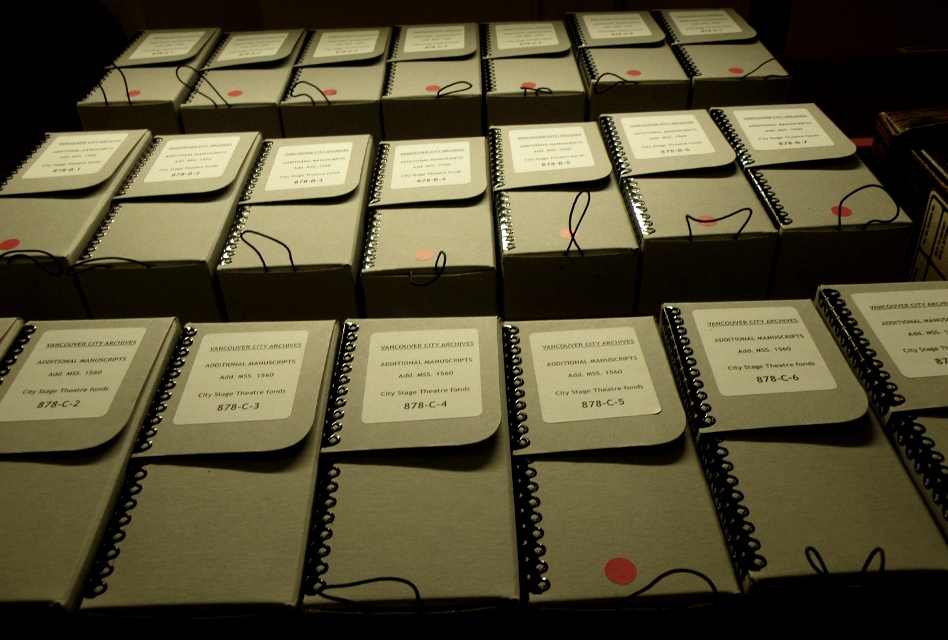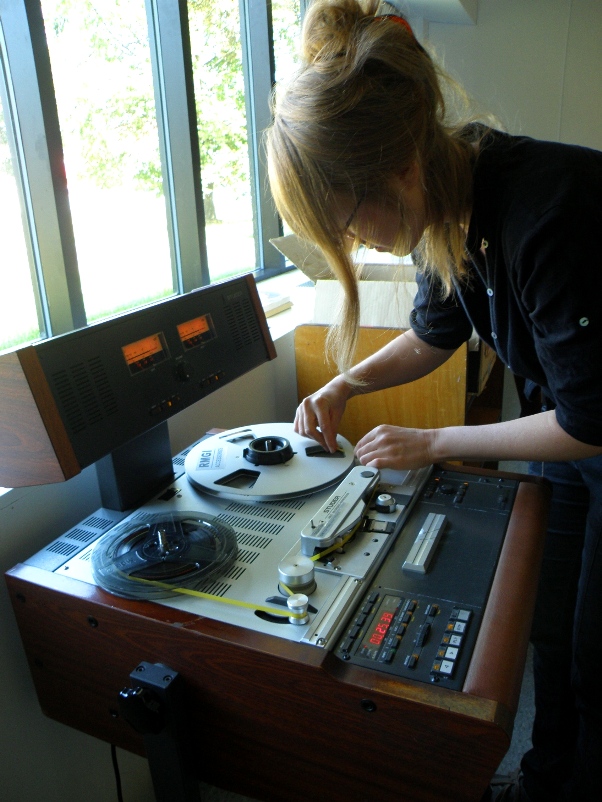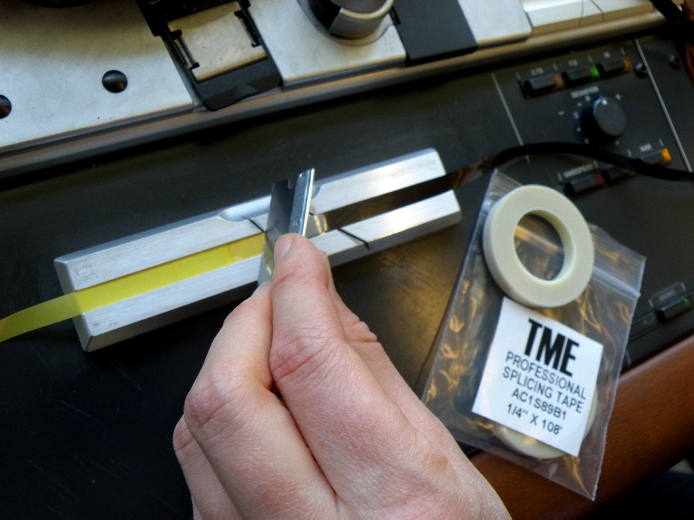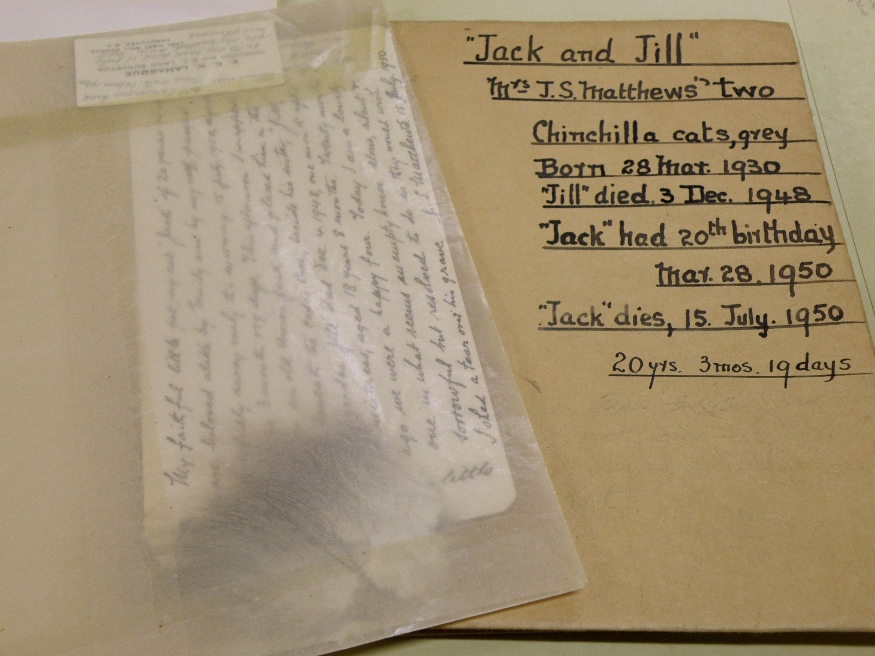2014 marks the 100th anniversary of the historic Southwest Museum building. With this blog, Braun Research Library cataloger Samuel T. Barber presents the first of a series of contributions exploring the construction and unique features of this landmark structure.
The Southwest Museum Tunnel, he concludes, represents not only a space with much to see and to feel, but, it so happens, there also is plenty to hear, too . . .
_______________________________________________________________________________________________________________________________________________________________
The Southwest Museum Tunnel: History, Sight, and Sound
“Tread softly because you tread on my dreams.” —W. B. Yeats (1865–1939)
Since construction work began with groundbreaking on March 15, 1919, and from its public opening on March 3, 1920, through to the present day, the Southwest Museum Tunnel has remained special.
For many of its visitors—ranging from Southwest Museum luminaries such as Charles F. Lummis and Frederick W. Hodge, to the construction workers who blasted and dug earth and stone by hand to link the Museum on the Hill to what would become Museum Drive below; from staff past and present and academic researchers to curious, intrigued, and enthralled members of the public—the initial impression and experience of the site is formed by the Maya Portal and the tunnel that lies beyond.
What, then, makes the Southwest Museum Tunnel special?
Is it the magnificent Maya Portal, modeled on Casa de Monjas at Chichen-Itza, Yucatán, and measuring 16 feet (h) by 24 feet (w) and 12 feet (d)?
Is it the solid, metal-clad sliding door set into the portal, hinting of mystery, treasures, and enlightenment beyond?
Click to view slideshow.
Is it the spirit infused within the original plans of Hunt & Burns, Architects: that of embodying a portal to transport visitors psychologically (and perhaps physically, too?) backward through time?
Is it the architectural feat of digging a path directly through the hill to the elevator shaft sunk 108 feet beneath the museum?


![MS.3 Architectural Plan [detail]](http://autrylibraries.files.wordpress.com/2013/08/ms3_tunnel-detail-lo-res1.jpg?w=150&h=112)

![MS.3 Architectural Plan [detail]](http://autrylibraries.files.wordpress.com/2013/08/ms3_portal-detail-lo-res1.jpg?w=150&h=112)

![Tunnel plan [Popular Science Monthly]](http://autrylibraries.files.wordpress.com/2013/08/tunnel-plan-popular-science-monthly1.jpg?w=150&h=93)
Is it the impressive dimensions of the tunnel? Measuring 224 feet long by 8 feet wide and reaching 10 feet, 9 inches at its highest point, the tunnel constitutes over 18,000 cubic feet of underground space.
Is it the 140 polished, full-stone slabs laid on the tunnel floor, perfectly crowned to allow natural drainage?
Is it the sheer cost of construction? Museum archives reveal a total cost of $50,000 (the equivalent of over $580,000 today), financed by Dr. Norman Bridge and Jared S. Torrance, former and then-current presidents of the Southwest Museum, respectively.
Is it the unique atmosphere and ambience of the space? Lit by twenty electric lanterns, yet offering shade and shelter from the glaring force of the sun, the tunnel maintains a relatively constant cool temperature of around 68 degrees.

![[uncataloged]](http://autrylibraries.files.wordpress.com/2013/08/tunnel-david-benitez-1-edit.jpg?w=87&h=150)
![[uncataloged]](http://autrylibraries.files.wordpress.com/2013/08/tunnel-aug-12-2013.jpg?w=112&h=150)
![[uncataloged]](http://autrylibraries.files.wordpress.com/2013/08/tunnel-david-benitez-2-edit-lo-res.jpg?w=119&h=150)
Or is it, may I suggest, all of the above and more?
For me, the most striking aspect of experiencing the Southwest Museum Tunnel for the first time is its sound. It is a sound that still intrigues and fascinates to this day. In its echoes and reverberation, perhaps you can hear the footsteps of history echoing through the past.
Please enjoy the following sound recording. It begins with the closing of the Maya Portal door followed by footsteps walking northeast along the tunnel toward the museum, accompanied by Nena del Valle Cram’s performance of the song “Las blancas flores,” recorded by Lummis in 1904.
A second sound recording made by Charles F. Lummis—that of Lummis himself introducing and performing an unidentified song (recorded in July 1904)—follows.
These original recordings, part of the recently digitized wax cylinder collection (see link for more details), were played, amplified and field-recorded by Samuel T. Barber in the Southwest Museum Tunnel on August 12, 2013. Recording assistants: Albert Pacheco and Mary Jo Kaczka.
Additional tracking and production by Samuel T. Barber at Diogee Studios, Los Angeles, August 2013.

Click to view slideshow.
Samuel T. Barber
Braun Research Library, Southwest Museum
Autry National Center
________________________________________________________________________________________________________________________
References
American Association of Museums. Handbook of American Museums (Washington, D.C.: AAM, 1932). Available from the Braun Research Library, Southwest Museum: 069 H36, 1932
Apostol, Jane. Museums Along the Arroyo: A History and Guide (Los Angeles: Historical Society of Southern California, 1996). Available from the Braun Research Library, Southwest Museum: 069.097949 A64m, 1996
Autry National Center. “Collections Online” [internet resource] (Los Angeles: Autry National Center, 2013) [the source of several of this article’s gallery photographs]. Available: link
Autry National Center. Southwest Museum Rehabilitation Study: Phase 1 Planning (Los Angeles: Autry National Center, 2006). Available from the Braun Research Library, Southwest Museum: 069.0979494 A94s, 2006 (REFERENCE)
Autry National Center. “Spanish Songs of Old California: The Collection” [internet resource] (Los Angeles: Autry National Center, 2013). Available: link
Autry National Center/Radan, Vlasta. “Wax cylinders.” Flickr photo gallery, 2009 (link)
Borden, Tessie. “Sounds From a Technological May-December Romance,” from the Autry Trading Post blog, 2010 (link)
Cram, Nena. “Las blancas flores” [sound recording], 1904. Autry National Center bibliographic record available: link
Lummis, Charles Fletcher. “UNKNOWN” [sound recording], 1904. Autry National Center bibliographic record available: link
Lummis, Charles Fletcher. “Catching Our Archaeology Alive,” in The Southwest Museum: Three Years of Success (Los Angeles: Southwest Society of the Archaeological Institute of America, 1907). Available from the Braun Research Library, Southwest Museum: 069.0979494 A44s, 1907
Robinson, William Wilcox. The Story of the Southwest Museum (Los Angeles: Ward Ritchie, 1960). Available from the Braun Research Library, Southwest Museum: 069.0979494 R62s, 1960 (REFERENCE)
Southwest Museum. Annual Report of the Directors of the Southwest Museum (Los Angeles: Southwest Museum, 1919). Available from the Braun Research Library, Southwest Museum: Mimsy MS.3 (link)
Southwest Museum. Annual Report of the Directors of the Southwest Museum (Los Angeles: Southwest Museum, 1920. Available from the Braun Research Library, Southwest Museum: Mimsy MS.3 (link)





















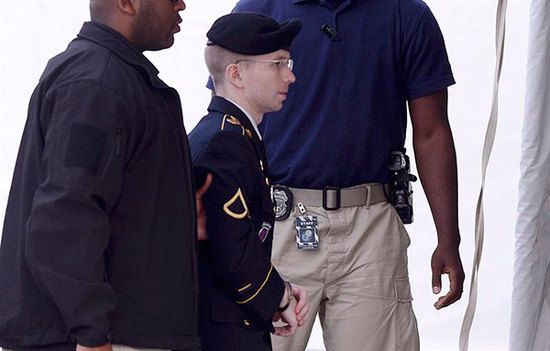







![MS.3 Architectural Plan [detail]](http://autrylibraries.files.wordpress.com/2013/08/ms3_tunnel-detail-lo-res1.jpg?w=150&h=112)

![MS.3 Architectural Plan [detail]](http://autrylibraries.files.wordpress.com/2013/08/ms3_portal-detail-lo-res1.jpg?w=150&h=112)

![Tunnel plan [Popular Science Monthly]](http://autrylibraries.files.wordpress.com/2013/08/tunnel-plan-popular-science-monthly1.jpg?w=150&h=93)
![[uncataloged]](http://autrylibraries.files.wordpress.com/2013/08/tunnel-david-benitez-1-edit.jpg?w=87&h=150)
![[uncataloged]](http://autrylibraries.files.wordpress.com/2013/08/tunnel-aug-12-2013.jpg?w=112&h=150)
![[uncataloged]](http://autrylibraries.files.wordpress.com/2013/08/tunnel-david-benitez-2-edit-lo-res.jpg?w=119&h=150)



